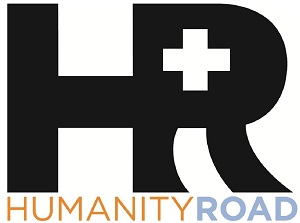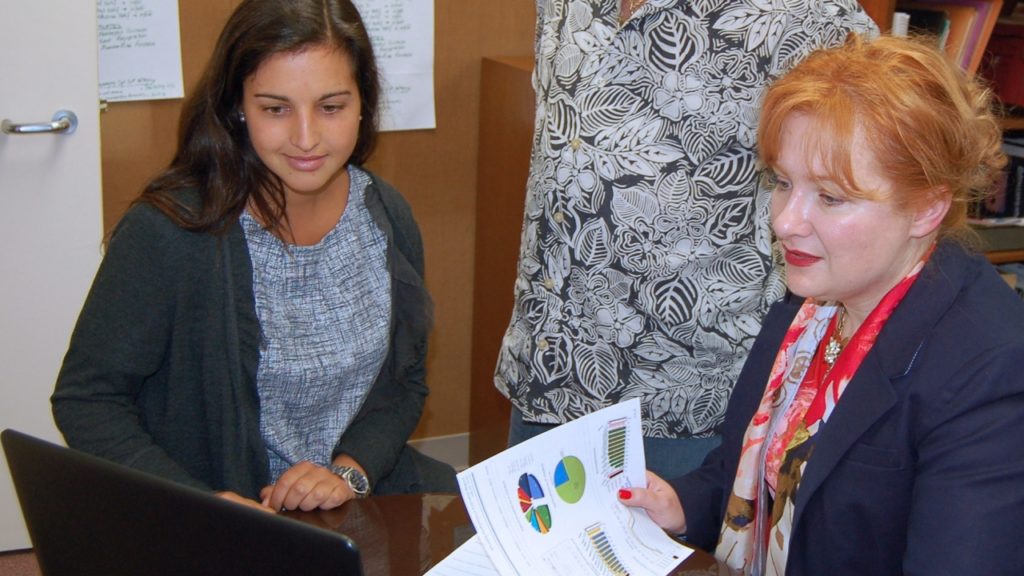Special to the Philanthropy Journal
By Cat Graham
Michael and five members of his family stood on the bed in his home in the Dominican Republic as tidal waters from Hurricane Sandy surrounded them. The sudden surge was so forceful that he couldn’t open the doors to get out. Inside his home, the water was rising and his cell phone was dying. His repeated attempts to call 911 failed due to busy circuits. That is when he turned to technology. Using his Android phone, he reached out through social media to the first person who answered his message, a friend in Scotland. He had no idea that his text message was about to be pivotal to the survival of his neighborhood.
 “Michael had no idea who Humanity Road was, but his friend in Scotland did and contacted us right away” said Cat Graham, co-founder who leads operations at Humanity Road. That one call set into motion a series of actions that volunteers took to relay Michael’s urgent need. From the Dominican Republic to Scotland, the call went to Virginia where Humanity Road shared details with their online digital emergency operations center. They knew that there was only a short window of time; Michael’s cell phone was dying and his family needed rescue. Christoph, an off duty paramedic in Germany, tracked down the direct number to a local search and rescue team, and Humanity Road placed the call. Within fifteen minutes they had relayed Michael’s situation.
“Michael had no idea who Humanity Road was, but his friend in Scotland did and contacted us right away” said Cat Graham, co-founder who leads operations at Humanity Road. That one call set into motion a series of actions that volunteers took to relay Michael’s urgent need. From the Dominican Republic to Scotland, the call went to Virginia where Humanity Road shared details with their online digital emergency operations center. They knew that there was only a short window of time; Michael’s cell phone was dying and his family needed rescue. Christoph, an off duty paramedic in Germany, tracked down the direct number to a local search and rescue team, and Humanity Road placed the call. Within fifteen minutes they had relayed Michael’s situation.
Three days later Michael called with great news. His family was rescued along with more than 60 neighbors who were also in the same situation.
Neighbor Helping Neighbor Through Technology
When disaster strikes, being cell phone savvy can mean the difference between life and death. More than 85% of millennials use smartphones on average 45 times each day. These skills are also helping to create a better flow of information and empowering people to actively help when disasters happen. Families are not only using their cell phones to receive mobile alerts but also to provide input on what they are seeing in their location. Mobile applications help track weather patterns, find shelter information, find first aid and even help raise funds. The power of the smart phone is helping improve disaster response. The outcome is neighbor helping neighbor at a global scale, and Humanity Road is operating in the center of this humanitarian ecosystem.
We are in the most technologically advanced moment in history and at the same time are witnessing an era of unprecedented disasters. This combination creates a unique opportunity to improve the delivery of aid. Harnessing this technology to connect the empowered public is a monster task, but this was the basis for the foundation of Humanity Road.
Humanity Road’s donors rely on them to be fast, effective and transparent, but how do they achieve their mission to close the communication gaps caused by disaster? Humanity Road is powered by a team of well-trained volunteers who, in five short years, have quickly become the go-to source for reliable information when disaster events occur. They provide aid by fielding text messages and monitoring online social channels such as Twitter, Facebook and Instagram. This is especially important when one considers how local voice lines become quickly saturated when communications systems are partially or fully knocked offline. Social media becomes the relief valve.
“We went from the technology age into the information age so rapidly that traditional organizations haven’t had time to adapt their disaster response to fit this new digital world, this is the value that we bring,” says Chris Thompson, President of Humanity Road. “We’re committed to professional and reliable service that adds value to the humanitarian response chain.”
In 2015 the organization partnered with FEMA Tech Corps along with Google, Microsoft and other technology superpowers creating partnerships that improve interoperability.
“Looking to the future, our long term plans include more field deployments supporting other communications partners” says Thompson. “We are exploring partnerships and in kind donations of gear and services to put our team into the field more often. We believe every person deserves the right to call for help and someone should hear that call. It’s just part of being a good neighbor, and for Michael and his family it made a big difference.”
Humanity Road has received much positive feedback from the public about the value of these partnerships and their work. “As an expert in HADR (humanitarian aid and disaster response) radio communications, I truly understand the power of swift and clear communications. Humanity Road is one of the most inspiring and relevant nonprofits that exist in this sector today. Their obvious passion for helping people during the humanitarian disasters is equal only to the extraordinary results they achieve when they deploy. The aggregated data that is collected via the various sources of social media they analyze helps guide the big organizations more efficiently in helping the affected people. However, they also live and die by the adage that they must always keep the human in humanitarian relief; it may all be online but it’s always more about the people.”
Cat Graham is co-founder and Vice President of Business Development for Humanity Road. She is an active responder to disasters globally, is a member of the Department of Homeland Security Virtual Social Media Working Group and has participated in the development of social media exercises for the USA and abroad including Nepal, the Philippines, New Zealand and many others for cross-border and multinational preparedness.





